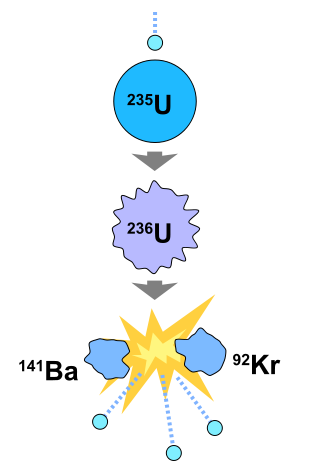

And for many, many decades, we lost the race. And, so the question is, can we win the race. And if the plasma gets a little bit hotter, the fusion reaction rate goes up, creating even more fusion, which gets even more heating. "But the fusion reactions are depositing heat in that plasma, causing it to heat up, so there's a race between heating and cooling. "That plasma wants to immediately lose its energy-it wants to blow apart, it wants to radiate, it's looking for ways to cool down," said Livermore Labs' Mark Herrmann.

These could alter not only the amount of fusion that starts in the target, but how its energy spreads into the surrounding hydrogen isotopes. They have several knobs they can turn-different ways to distribute the lasers' power across individual beams, different ways of managing small defects on the target, etc. The press conference makes clear that, over the past several years, the team operating the National Ignition Facility has gradually improved yields through an iterative process. The Department of Energy built the National Ignition Facility partly because hydrogen fusion is at the heart of many of its nuclear weapons and because fusion is a potential power source that produces far less-and far less dangerous-nuclear waste than nuclear fission. These carry much of the excess energy produced during the reactions. The intense heat and compression set off fusion among the hydrogen isotopes, releasing energetic photons and neutrons. The cylinder released much of the energy it received in the form of X-rays, which compress the small hydrogen target-another speaker compared the compression to smashing a basketball down to the size of a pea. And that happened in less time than it takes light to move 10 feet. "They didn't strike the capsule, they struck the inner wall of this cylinder and deposited energy. "192 laser beams entered from the two ends of the cylinder and struck the inner wall, Adams said.

It involves placing a small target sphere containing hydrogen isotopes inside a metal cylinder, and then zapping the cylinder with lasers. Check ignitionĭuring today's announcement, the DOE's Marv Adams described the National Ignition Facility's process for using lasers to trigger fusion. At least one DOE employee suggested that separating it from its nuclear-testing-focused roots may be needed to do so. So, while this was a real sign of progress in getting this form of fusion to work, we're still left with major questions about whether laser-driven fusion can be optimized enough to be useful. That's the highest output-to-input ratio yet achieved in a fusion experiment.īefore we get to visions of fusion power plants dotting the landscape, however, there's the uncomfortable fact that producing the 2 megajoules of laser power that started the fusion reaction took about 300 megajoules of grid power, so the overall process is nowhere near the break-even point. Measurements of the energy released afterward indicate that the resulting fusion reactions set loose 3.15 megajoules, a factor of roughly 1.5. In terms of specifics, the lasers of the National Ignition Facility deposited 2.05 megajoules into their target in that experiment. "Reaching ignition in a controlled fusion experiment is an achievement that has come after more than 60 years of global research, development, engineering, and experimentation." "Monday, Decemwas an important day in science," said Jill Hruby, head of the National Nuclear Security Administration. On Tuesday, the US Department of Energy (DOE) confirmed information that had leaked out earlier this week: its National Ignition Facility had reached a new milestone, releasing significantly more fusion energy than was supplied by the lasers that triggered the fusion. Damien Jemison/LLNL reader comments 176 with


 0 kommentar(er)
0 kommentar(er)
